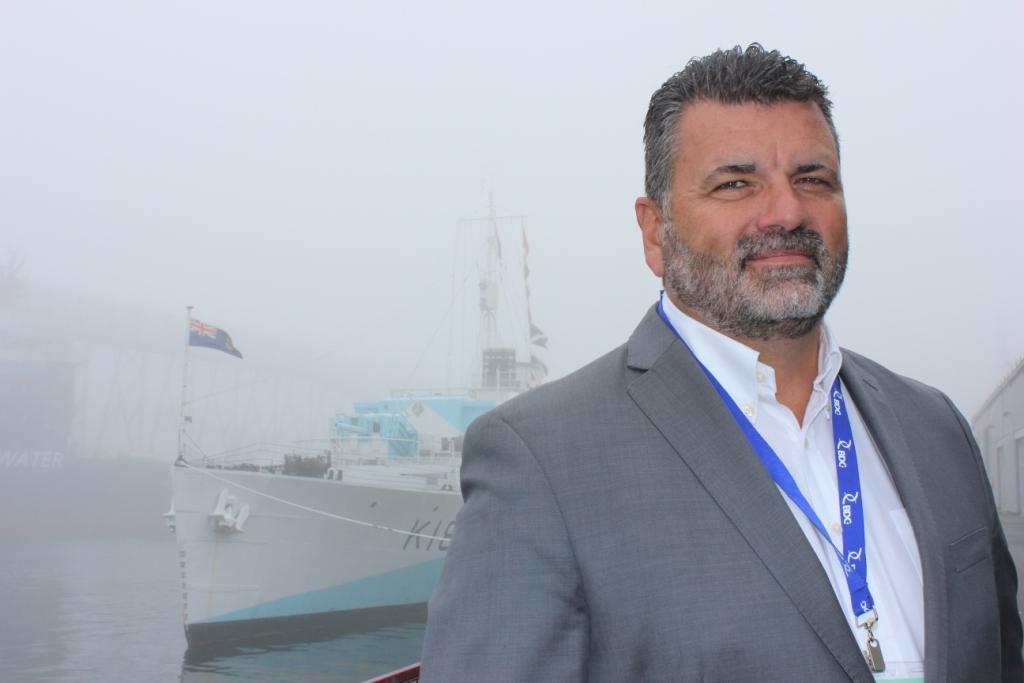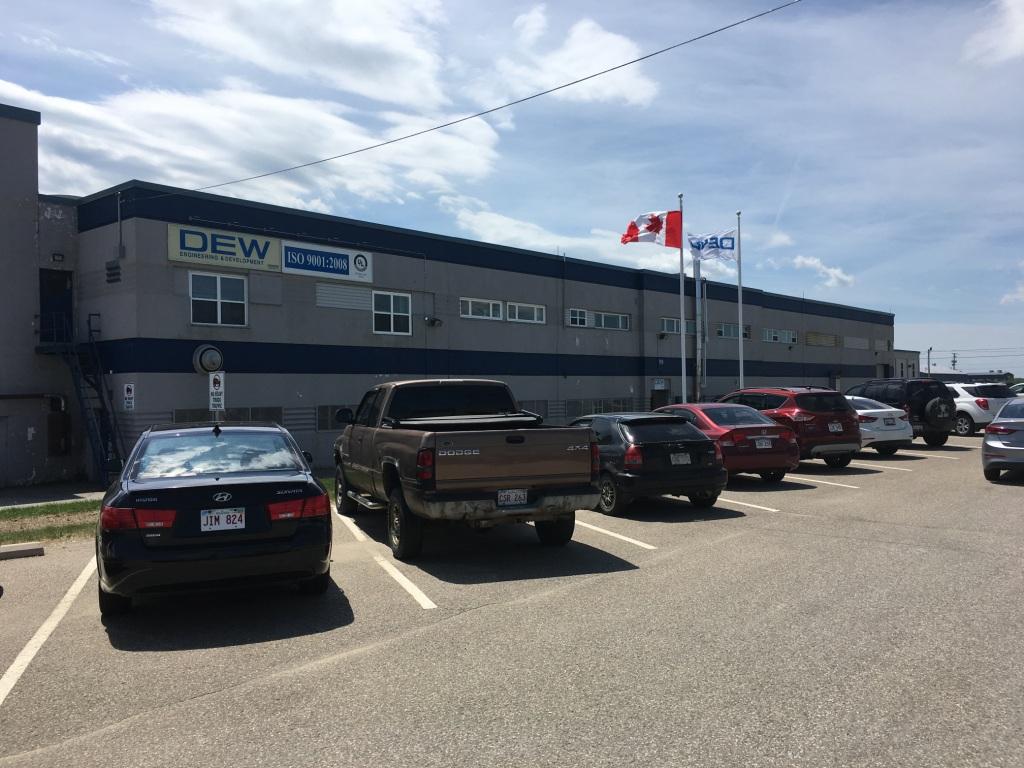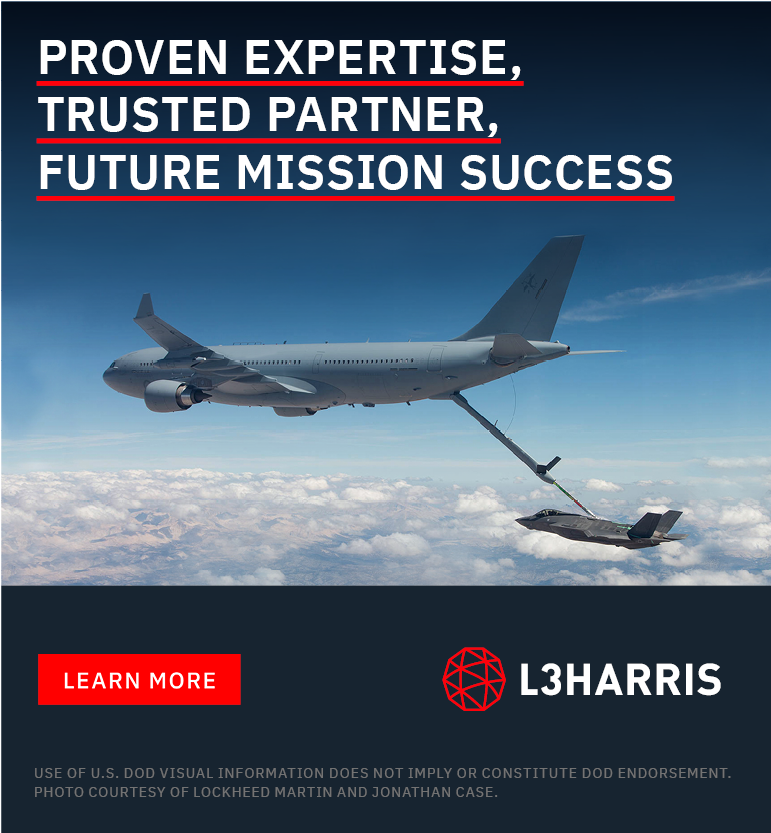WITH NEW GOVERNMENT COMMITMENTS UNDER THE DEFENCE POLICY REVIEW
AND NAVAL SHIPBUILDING RAMPING UP AT IRVING SHIPBUILDING, THIS REGION’S
STRONG NEW DEFENCE AND AEROSPACE ASSOCIATION HAS A LOT TO CROW ABOUT
By Peter Diekmeyer
Trade show organizers, that have their fingers on countless industry pulses, can always provide a great feel for regional momentum. So when Colin Stephenson, executive director of DEFSEC Atlantic says he is busy, that tells you something. “We sold out booth space this year earlier than ever before,” said Stephenson about the annual aerospace and defence gathering. “There have been many positive developments in Atlantic Canada lately. That reflects itself in interest in the event.”
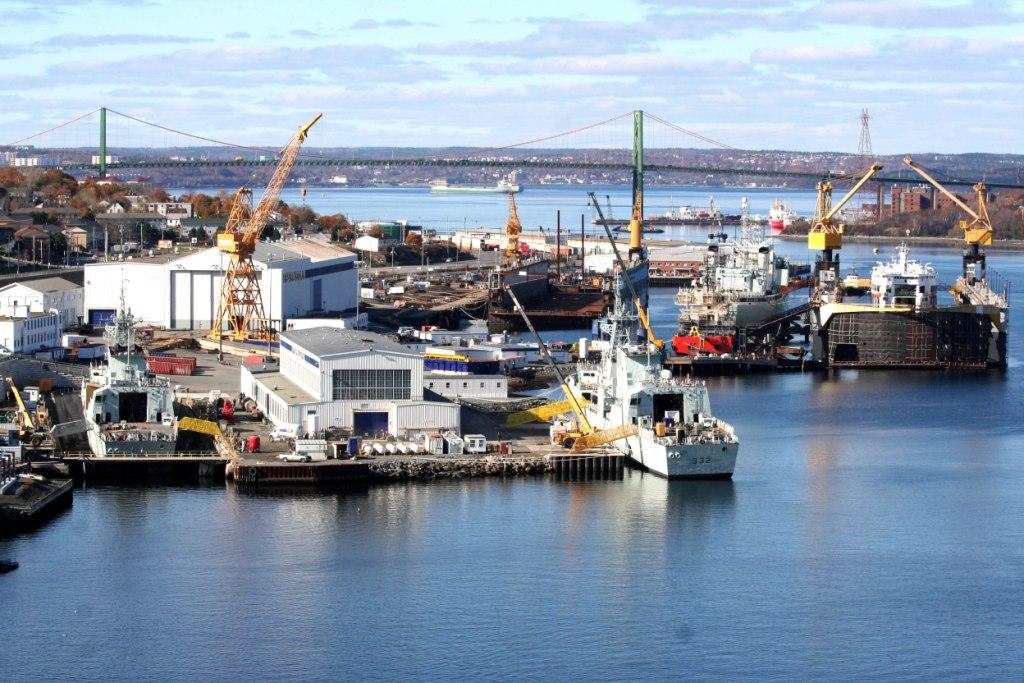 Stephenson expects a record turnout of more than 1,300 people, at DEFSEC Atlantic, which will take place in September. Participants, including more than 150 from outside Canada, will take part in B2B programs, panel discussions and interact with a variety of government and Canadian Armed Forces decision makers. Many will be attracted by positive local developments ranging from increased momentum in Canada’s naval shipbuilding industry, the region’s increasingly highly-skilled labour force and its vastly disproportionate influence on Canada’s overall defence sector.
Stephenson expects a record turnout of more than 1,300 people, at DEFSEC Atlantic, which will take place in September. Participants, including more than 150 from outside Canada, will take part in B2B programs, panel discussions and interact with a variety of government and Canadian Armed Forces decision makers. Many will be attracted by positive local developments ranging from increased momentum in Canada’s naval shipbuilding industry, the region’s increasingly highly-skilled labour force and its vastly disproportionate influence on Canada’s overall defence sector.
PRIMES SPAWN STRONG REGIONAL SUPPLY CHAIN
The fact that Atlantic Canada has been getting a sympathetic ear lately from the region’s four Liberal Premiers and the fact that Liberal Members of Parliament (who have been sympathetic to regional development issues in the past) swept local ridings in the last election, helps to boost regional competitiveness, as do the many large prime contractors such as Lockheed Martin, General Dynamics and Ultra Electronics that have operations there.
A perfect example is Irving Shipbuilding, which has made great strides in attracting lower tier suppliers looking to tie into local supply chains. Irving (see our Cover Story in this issue), which has committed to spending more than $1.3 billion with more than 300 Canadian organizations as a result of NSS (National Shipbuilding Strategy), is one of the region’s most influential defence sector players, due in part to the fact that much of that money will be spent in Atlantic Canada. In July, Irving provided a tangible show of force, when it invited more than 4,000 participants, to view its progress on construction of Canada’s first two Arctic Offshore Patrol Ships.
ACADA A STRONG NEW VOICE FOR THE REGION
DEFSEC Atlantic participants will have a lot to talk about this year says Rich Billard, president of the newly formed, Atlantic Canada Aerospace and Defence Association (ACADA), one of the event’s biggest backers. ACADA will be holding its inaugural dinner at DEFSEC and Billard is bullish going forward.
“The recent federal budget was disappointing,” admits Billard, a Canadian Armed Forces veteran who brought his experience over to the civilian side. “However several commitments in the government’s Defence Policy Review bode well for the region. These include definitive support for 15 surface combatants (the number had previously been unclear), coupled with an increase in the number of projected fighter aircraft purchases from 65 to 88.”
Billard also cites the recent award of the Fixed Wing Search and Rescue Aircraft contract to Airbus (which will generate spinoff work in the region for PAL Aerospace) and an impending government decision on the AJISS (AOPS/JSS In Service Support) contract (which sources tell CDR has been won by Thales Canada but not announced as yet by the government) could not be confirmed at press time.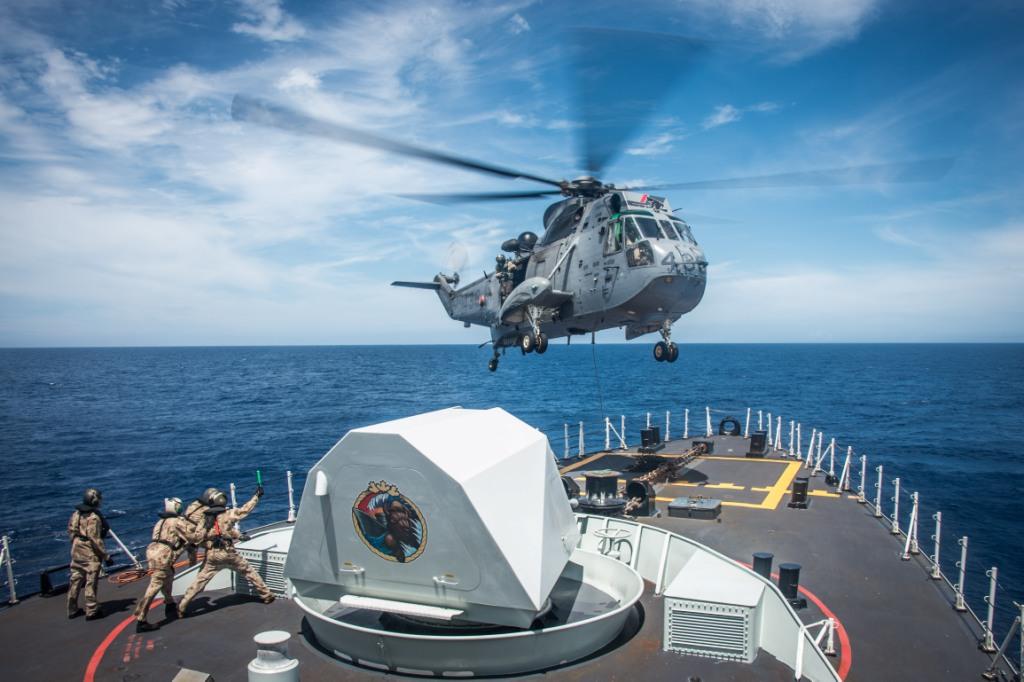
One of ACADA’s biggest advantages has been the strong backing it has received from high-powered local industry players. These include Carl Kumpic, Vice President, International Marketing, of IMP Aerospace & Defence who sits on the organization’s board. “ACADA replaces four provincial associations. That means that sector stakeholders should be able to speak louder with one voice and will be better heard in other forums, says Kumpic. “It’s been a challenge, because we had to simultaneously work with the Atlantic Canada Opportunities Agency to solidify funding and stand down the predecessor organizations.”
IMP NAMED CANADA’S #1 DEFENCE COMPANY
Kumpic has also been busy during his day job at IMP Aerospace & Defence, which CDR identified as Canada’s #1 Defence Company for 2017. IMP is a major regional and national sector player, due in part to critical in-service support work it does on key RCAF aircraft. These range from the CH-124 Sea Kings and CH-149 Cormorant search and rescue helicopters, to the CP-140 Aurora maritime surveillance aircraft.
IMP is also hard at work on a new mandate to do modernization work for the Chilean Navy’s P-3 Orion maritime patrol aircraft and is looking to rebuild nine Augusta Westland Helicopters, which the Canadian government had acquired for spare parts, into operational aircraft.
Kumpic has been also increasingly focusing his attention on a longer-term goal, that of securing IMP Aerospace & Defence’s role in upgrading the Cormorant. In June, IMP and Leonardo Helicopters announced that they would be teaming up with other Canadian players to bid on the Cormorant mid-life upgrade program. Current partners in the effort include CAE, GE Canada and Rockwell Collins. Other niche partners are to be revealed as the bid process unfolds.
CAE TARGETS FUTURE NAVAL TRAINING SYSTEMS
With the Canadian defence industry’s growing footprint in Atlantic Canada, a variety of firms have been driven to the region to allocate resources there. One example is CAE, which according to Joe Armstrong, vice-president and general manager at its defence and security arm, has been growing its naval sector presence.
“We have set up training centers at Greenwood, Shearwater and Gagetown so we know the region well,” says Armstrong. “We see increasing numbers of ways we can add value to the Royal Canadian Navy’s Future Naval Training Systems Strategy.”
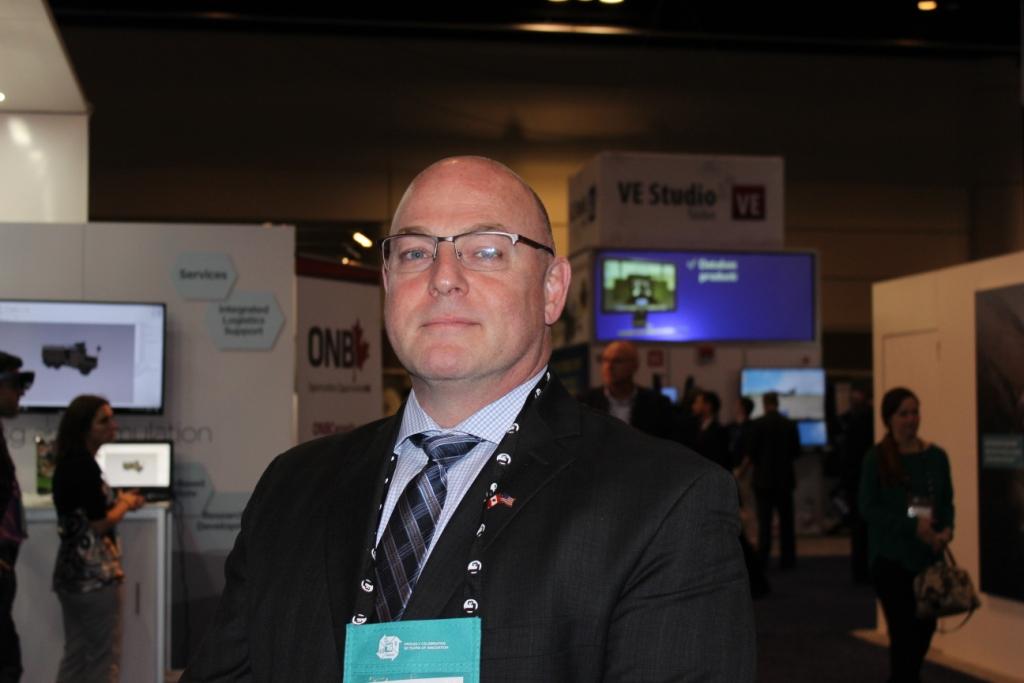
But, CAE isn’t the only company that is developing innovative marine simulation capabilities says Lin Paddock, a business development manager at Virtual Marine, which has been seeking to bring skills that it acquired designing a lifeboat simulator and other products for the oil and gas industry, over to the defence world.
“Much of the best work in our field is being done by micro-businesses with less than 50 employees,” says Paddock. “Naval simulation provides many of the same benefits that can be achieved in aerospace, notably faster learning, reduced risks and cost effectiveness. However, bigger players can’t always adapt fast enough. Our small size gives us the flexibility to quickly leverage opportunities that others may miss.”
Virtual Marine, which has already sold simulator systems to the Canadian Coast Guard, Norway and Australia, is also looking at opportunities stemming from Canada’s NSS program, notably on the fisheries and science vessels and an eventual polar ice breaker. Virtual Marine also provides bridge navigation system testing and embedded radar simulation solutions. Additionally, the company is looking at ways to contribute to the JSS and AJISS programs.
MODEST TREE DEVELOPS 3D TRAINING SOFTWARE
Another example of a particularly successful modeling, training and simulation player is Halifax-based Modest Tree, whose employee base has tripled from six to 20 during the last year says Dave O’Brien, its vice-president (business development). The success is due in large part to penetration of its Modest 3D software suite into the defence market, where course developers, with just three days of training can integrate game-based technologies and virtual reality into realistic interactive training solutions.
“The software works around your needs,” O’Brien told CDR in a late-night telephone interview from a Milwaukee café, where Modest Tree executives were developing new export clients. “Off-the-shelf providers take clients’ problems and stuff them into existing solutions. We build innovative solutions around issues clients want to address.”
Another sign of Modest Tree’s growing success is increasing industry recognition. For example, the company was named one of Military Training International’s Top Simulation and Training companies for 2016. However, according to O’Brien, that’s just the start. Modest Tree, which has been increasingly moving into the software services market, plans to announce several new deals during the coming months. If these go as planned, Modest Tree could double its workforce by the end of 2018!
ROSBOROUGH TARGETS MULTI-ROLE BOAT
One of the most successful local players in leveraging the increased momentum in Canada’s naval sector is Rosborough Boats. According to Heaton Rosborough, its president, the company’s win earlier this year, of a $7.3 million sub-contract from Irving, to provide multi-role rescue boats for the AOPS (Arctic Offshore Patrol Ship) program will significantly increase the company’s potential.
“It’s a great opportunity,” says Heaton Rosborough. “We already do work for the Coast Guard and many other government organizations.
However, the folks at Irving are particularly detail oriented and demanding, so the work we are doing with them puts us in another category. We are already getting enquiries about doing international work.” The win also boosts Rosborough Boats’s chances of winning the Multi-Role Boat (MRB) program for the Canadian Navy which will be a key priority going forward. According to the Defence Acquisition Guide, the contract to replace the RHIB (rigid hull inflatable boat) boats and the launch and recovery system used on the 12 Halifax Class frigates, could be worth as much as $100 million.
KRAKEN SONAR LOOKS FOR AVRO ARROW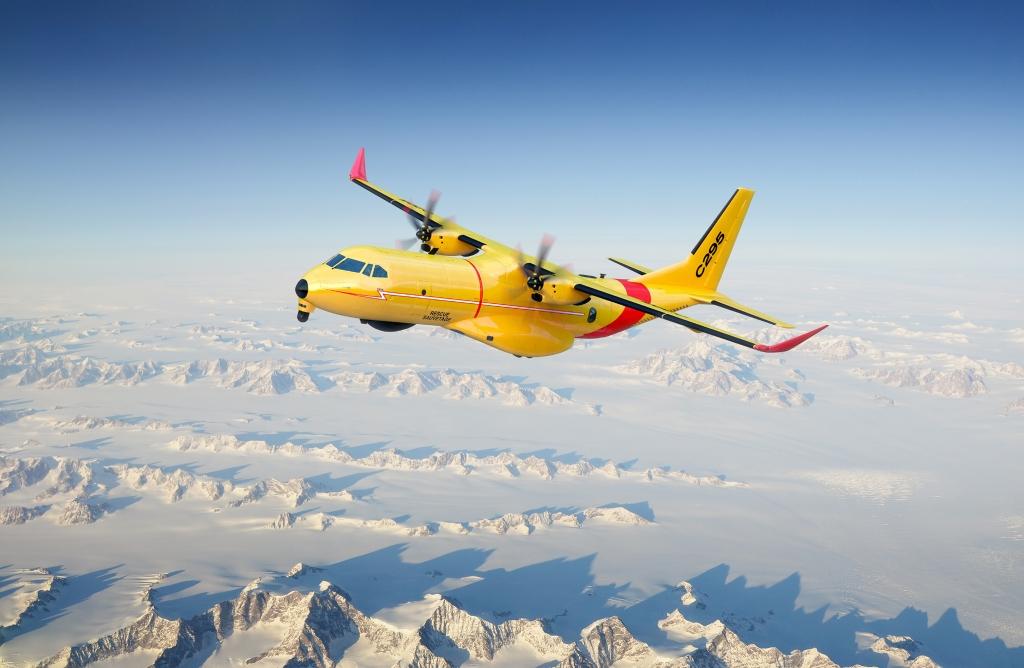
Increasing innovation at Atlantic Canada defence companies is bringing many to national prominence. For example, St-John’s Newfoundland-based Kraken Sonar, which designs synthetic aperture sonar used in mine hunting, got widespread media attention earlier this year after it won a “robotics as a service” contract to search for nine Avro Arrow models sunk in Lake Ontario during testing back in the 1950s.
According to David Shea, Kraken’s vice-president (engineering) the company continues to introduce new innovations to build on the success of its flagship Aquapix synthetic aperture sonar product. Last year Kraken introduced the Katfish Sonar System, a controlled, high-speed, tow-fish, which connects to the towing vessel using a fiber optic cable that can also be used for data transmission.
This year, Kraken introduced the Thunderfish UAV. Kraken is currently bidding on the $50 million Remote Minehunting and Disposal System (RMDS), contract, which is currently at the RFI stage. An RFP expected to be issued later this year.
PAL AEROSPACE TO BENEFIT FROM FWSAR WIN
One of the most important recent opportunities for Atlantic Canada’s aerospace and defence sector was the PAL Aerospace win last year on the FWSAR program where it will deliver maintenance and support services work related to Canada’s the new fleet of Airbus C295W Search and Rescue aircraft. According to Michael Sangster, PAL Aerospace’s chief commercial officer, much of the work will be done out of Greenwood Air base in Nova Scotia. This will lead to significant skills transfers into the region and generate significant employment opportunities.
PAL Aerospace is looking to hire 100 technical personnel for the FWSAR contract alone. However, the company’s introduction of the Force Multiplier initiative earlier this year, through which PAL, in partnership with Thales, will make available a Bombardier Dash-8 Q300 to national and international customers for special missions, will almost certainly boost that total.
The aircraft, which will be owned and operated by PAL, will be equipped with a full system suite to accommodate a range of intelligence, surveillance and reconnaissance (ISR) needs. Force Multiplier, which will incorporate CarteNav Solutions’ AIMS Mission System software and surveillance information portal, provides a visible reminder of one of the benefits to flow from PAL’s acquisition of CarteNav last year.
SIGNIFICANT GROWTH FOR CARTENAV
The acquisition by PAL Aerospace has also generated significant momentum for CarteNav Solutions according to Paul Evans, the Halifax-based company’s chief executive officer. “We have seen significant growth since then,” says Evans. “We doubled in size to about 50 people, moved into new offices and have been attending many trade shows to showcase our products and build our order base.”
Being part of a larger group, gives CarteNav (whose AIM Mission System software integrates data from electro-optic, infra-red, radar and other sensors on a screen that provides users a picture of the operational area they are working) access to a wider range of resources and opportunities. However, PAL subsidiary plans to maintain its independent posture.
“We have always treated the business like we were working for our customers first, not our owners,” said Evans. “Nothing will change on that front.” CarteNav will remain on several DND radar screens during the coming year. However, the rising Canadian dollar hasn’t prevented the company’s international operations from growing even faster. As a result, Evans will be tracking currency movements closely during coming months.
CYBER NB TACKLES CYBERSECURITY THREAT
One of the most surprising developments in recent years, has been the emergence of a slew of high-value-added IT players in the Atlantic Canada region that supply defence and security capabilities. That’s particularly true in the area of cyber-defence says Allen Dillon, managing director at CyberNB, a growing regional leader in promoting cyber security (see the profile in CDR’s May-June issue).
“The Canadian government’s recognition of cyber as a new operational area, alongside land, sea and air, in its recent Defence Policy Review has provided considerable momentum,” says Al Dillon, a former CDR Defence Executive of the Year. “That’s also true at the provincial level, where critical infrastructures are operated and managed. So that’s where we decided to take the lead.”
Dillon talked to CDR about a range of hitherto unknown threats, stemming from the cyber-world that defence players need to be very much aware of. These range from media manipulation, to using the power of quantum computing to break encryption codes.
“If a foreign power takes over a Canadian phone company or hydro facility, I’d regard that as an act of war,” says Dillon, who has been trying to build sector capabilities in New Brunswick by attracting Canadian and foreign investment and building partnerships.
“Atlantic Canada has several advantages as a cyber-hub,” says Dillon. “These include support from ACOA and other regional agencies, a strong university and educational infrastructure base and attractive ITB advantages.”
But, CyberNB is far from the only high-tech innovator to spring up in the Atlantic Canada region. George Palikaras, founder and CEO of Metamaterial Technologies, was attracted by many of the same advantages that Dillon cited when he was looking for a Canadian base for his company, which is known for developing MetaAIR, a thin film product which helps protect pilots from blinding laser attacks.
METAMATERIAL ATTRACTED TO REGION BY TALENT POOL
“Because innovation is so important to us, talent is key,” said Palikaras. “The fact that local educational institutions provide defence companies with good potential talent and partnership opportunities makes life a lot easier for us.”
Palikaras is a strong believer in the future of metamaterials (after which the company was named) which are synthetic composite materials that have properties not usually found in conventional materials, notably a “negative refractive index.”
Earlier this year, the company announced a $5.6 million partnership with Lockheed Martin to develop solar products that can be used in the aerospace industry to power unmanned aerial vehicles.
One major long-time advantage for US companies that locate in Atlantic Canada, like DEW Engineering, has long been the low Canadian dollar, which makes local labor costs cheaper in US dollar terms. However, while that advantage has been eroding somewhat lately (the CAD was trading at USD $0.80 range at press time), much of that loss was cancelled out by the introduction of Obamacare legislation in the United States, which significantly increased the cost of hiring and keeping US workers.
In short, this shift has kept the labour costs of Atlantic Canadian defence manufacturers stable in relative terms. That’s good news for DEW, which has invested heavily in infrastructure, capital equipment and personnel training to build a Canadian centre of excellence for armour manufacturing in Miramichi, New Brunswick.
DEW SETS ITS SIGHTS ON LVM PROGRAM
“DEW intends to remain a strong employer in the area,” says Ian Marsh, the company’s president, who is keeping a close eye on DND’s LVM (Logistics Vehicle Modernization) program which will replace the army’s light support and heavy logistics trucks, a program that would help him meet his target.
Industry stakeholders can often be heard saying that Atlantic Canada, which has four important military bases (CFB Halifax, CFB Shearwater, CFB Greenwood, CFB Gagetown) located there, along with associated assets, has less than 10% of the country’s population but 40% of its defence assets. Yet, while no one can provide a precise source for this data, it provides a strong sign that the region has long been punching above its weight.
Judging from interest in DEFSEC Atlantic 2017 and ongoing Canadian government defence policies, Stephenson thinks that it can. “Many Canadian and international players have large Industrial and Technical Benefit-related commitments,” says Stephenson.
“Our job is to connect them with local and national SMEs. We provide them the venue and the sandwiches and we let them do their work.”
DEFSEC Atlantic 2017 took place at the Cunard Center in Halifax, between September 5th and 7th


